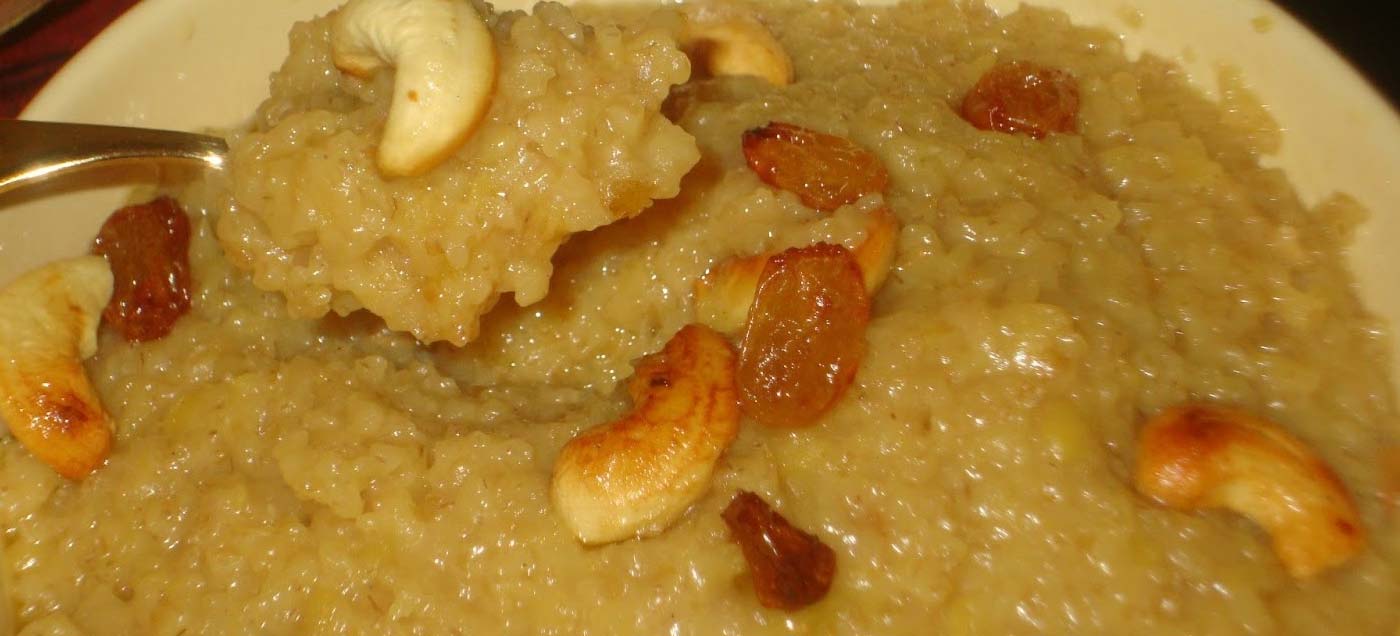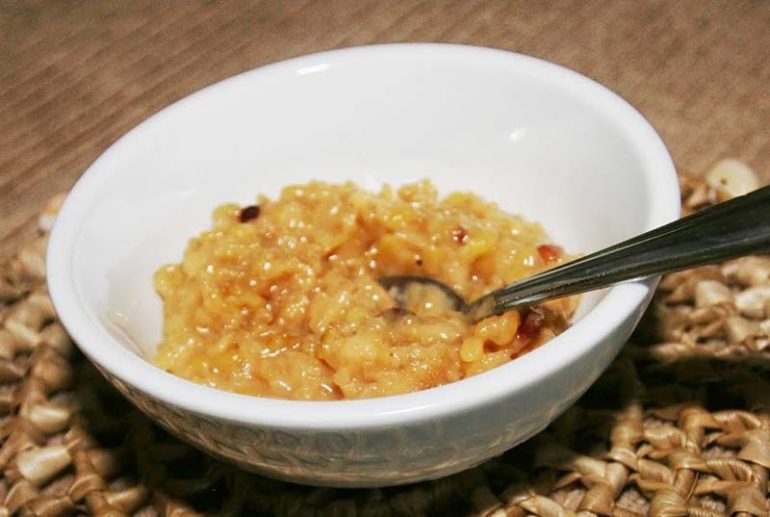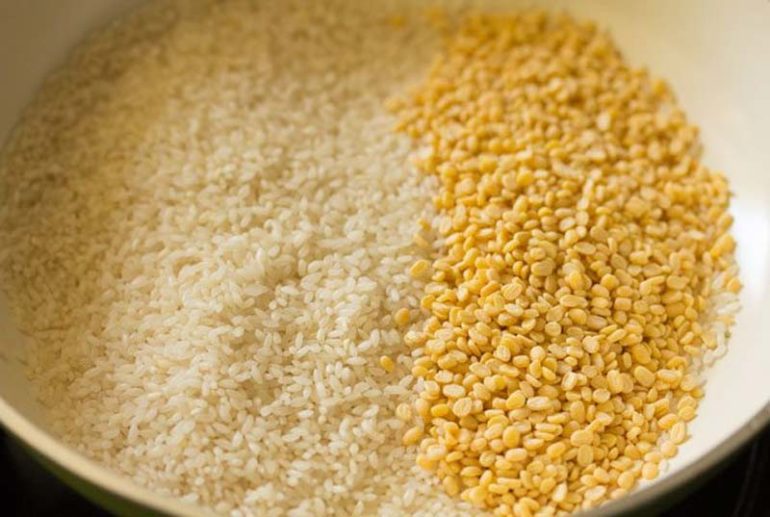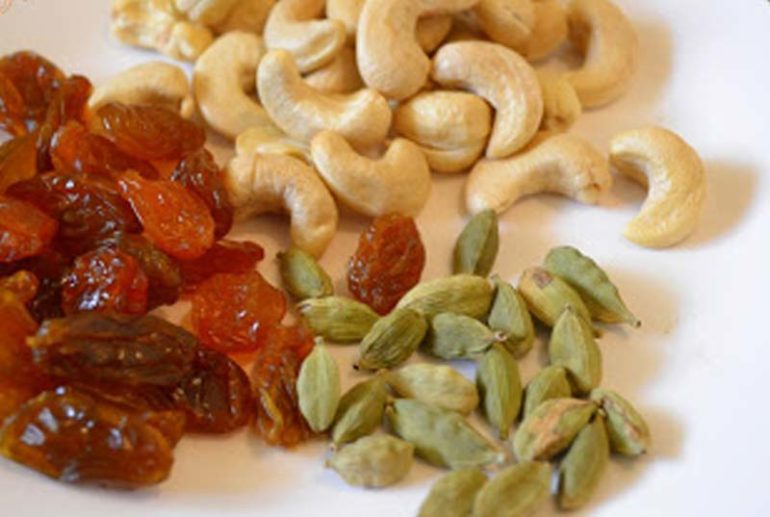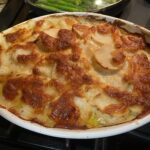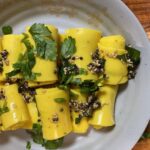Although “Chakkarai” in tamizh means sugar, it is also alternatively used to mean something that is sweet. Chakkarai Pongal is the sweet cousin of the more popular Venn (Savory) Pongal. Normally I make the sweet pongal available here. This results in a perfectly delectable pongal. But this time I wanted to shake things up a bit!
Chakkarai Pongal
Any Tamilian worth his salt would have heard of Meenakshi Ammal and her insanely famous book (in four parts) “Samaithu Par”. This book, in all probability, lists all South Indian, traditional, vegetarian recipes and personally, I have never had a single failure when following her recipes. While I was flipping through this book , I came across an alternate way of making chakkarai pongal that begged to be made. On that note, am I the only one that reads recipes and cookbooks for pleasure?
Guest Chef: Saraswathi Varadarajan
Ingredients
- White Rice – 1 cup
- Split yellow moong/ Paasi paruppu – 1 cup
- Milk – 2 cups
- Water – 2 cups
- Ghee – 1/4 cup
- Jaggery – 1 cup
- Cashews – 4-5, broken
- Raisins – 1 tbsp
- Cardamom – 2-3, husked and crushed
- Cooking Camphor – a pinch
- Saffron – a few strands
Directions
Before you start cooking, place a small plate in the freezer.
- First, grab a chair and place it strategically near your stove. I don’t mean to scare you and this recipe is very simple but time-consuming and requires patience. From experience, I have realized that a chair and a favorite playlist go a long way in cooking the perfect pongal!
- After reserving a tbsp of ghee, add the rest to a thick bottomed vessel followed by rice, moong dhal. Shallow fry for about 5 mins and you can’t miss the wonderful aroma that fills your kitchen. At this point, add about a cup each of milk and water and cook the rice-dhal combo in medium flame. Keep stirring as the liquid covers, bubbles over and cooks the rice-dhal mixture. Continue to stir and, as the liquid gets absorbed, continue to add the rest of milk and water, preferably couple of ladlefuls at a time. You don’t have to stir constantly but when you do, stir as vigorously as you can so that the mixture doesn’t stick to the bottom. Also make sure to stir when you add liquid so that it is incorporated well. Cook till both the rice and dhal are cooked well but not mushy. For a cup of rice, the cooking time was about 30-35 mins.
- Add the cooking camphor, crushed cardamom and saffron.
- Now add the jaggery (broken into small pieces) to this mixture and stir. Breaking down helps the jaggery to liquefy and mix faster. Once the jaggery is fully melted and mixed, you will notice that that mixture has a slight syrupy texture. At this point, your pongal is done.
- Fry the cashews and raisins in the reserved tbsp of ghee and add it as garnish. You can also use slivered almonds, if you wish to do so.
While this is time-consuming, it is not laborious and the flavor that slow-cooking imparts makes every minute worth it!


